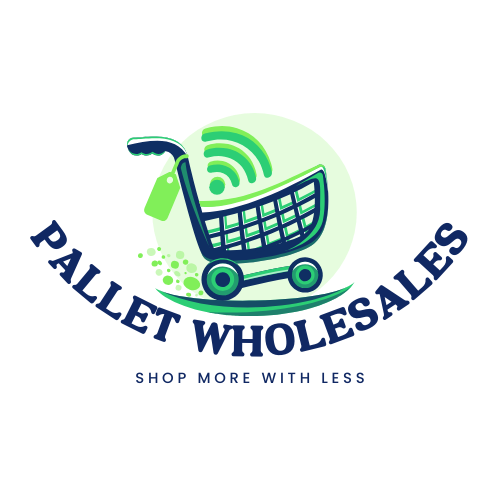Buying Amazon Returns and Overstock Online
Making Money with Home Improvement Liquidations
Used tools and home improvement items consistently retain their value better than many other product categories. In this article, we’ll discuss how to purchase liquidated home improvement tools in bulk, explore effective resale avenues, and provide essential tips for flipping these items.
Understanding the Home Improvement Market
In 2020, approximately 77.2% of homeowners engaged in at least one home improvement project, a rise from 68.2% in 2019. Popular items included faucets, kitchen cabinets, and toilets. Projections suggest that spending on home improvements could reach around $430 billion in 2022. However, challenges such as rising labor costs, difficulties in hiring contractors, and increasing interest rates may hinder growth.
Market Trends
With home values at a peak, many homeowners are opting to invest in their current properties rather than moving. Thoughtful renovations can enhance property value and adapt homes to better suit individual needs. As homeowners age, modifications become essential, and there’s a growing desire to personalize living spaces.
Bathroom renovations have surged in popularity, transforming these areas into luxurious retreats. Additionally, the pandemic has sparked a renewed interest in kitchen upgrades, driven by more home cooking. Smart technology investments have also risen significantly, with nearly half of all renovations incorporating some form of smart upgrade.
Key Market Statistics
The home improvement industry is projected to be valued at $235.3 billion in 2022.
The number of home improvement stores in the U.S. is expected to grow by 1.5% this year.
Over 6,210 home improvement contractors are currently active in the U.S.
In 2020 and 2021, U.S. consumer spending on home improvements rose by 15% and 13.3%, respectively.
Popular projects in 2021 included landscaping (35%), bathrooms (31%), and kitchens (27%).
Sourcing Liquidation Tools and Merchandise
Acquiring liquidated home improvement items is straightforward, with options ranging from pallets to full truckloads through platforms like Direct Liquidation. Partnerships with major retailers, such as Lowe’s and Walmart, provide access to a wide array of tools and hardware.
You can bid on liquidation lots at auction or purchase items at a fixed price through various listings. The merchandise often comprises products from leading brands in the home improvement sector.
Benefits of Buying Liquidation Pallets
A reliable source of quality liquidation goods from major retailers.
Hundreds of new listings available daily.
The option to pick up items directly from warehouses.
Substantial savings compared to buying new or wholesale products.
Best Platforms for Selling Liquidated Tools
Facebook Marketplace: An effective local selling platform, allowing you to connect with customers directly, often at no cost.
Craigslist: A long-standing marketplace where you can list tools for sale and arrange meetings with potential buyers.
eBay: A massive platform for selling used goods, ideal for tools when properly listed with quality photos and detailed descriptions.
Flea Markets: Renting a booth at a flea market can help you reach a broad audience, especially for eye-catching items.
Garage Sales: A quick way to clear out inventory, though not always profitable, it can help make space for new stock.
SawMillCreek: Primarily a woodworking site, but its classifieds can be used for advertising tools.
Architectural Salvage Yards: Ideal for selling hard-to-move items like timber or fittings quickly.
Tips for Adding Value to Your Merchandise
Repackage Damaged Goods: If items arrive in poor condition, consider using plain professional packaging to enhance their appeal.
Test Functionality: Ensure all tools and appliances work correctly to minimize returns and negative feedback.
Sort and Bundle: Organize items and consider bundling related tools together to attract buyers looking for complete sets.
Remove Invalid Warranties: Discard original warranties from liquidated items and consider offering your own warranty to build buyer confidence.
Repair and Recycle: Fix any minor issues to increase the value of items, and salvage parts from non-working units where possible.
Seasonal Storage: Purchase seasonal items at the end of their peak selling periods, store them, and sell them at a higher price when demand returns.

